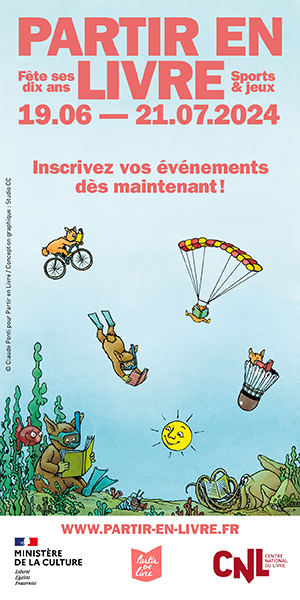The Medical Journal of Australia
Extraits
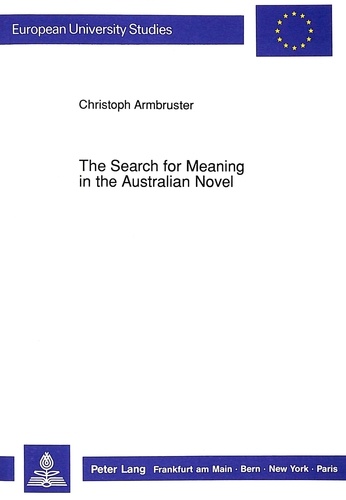
Sociologie
The Search for Meaning in the Australian Novel
10/1991
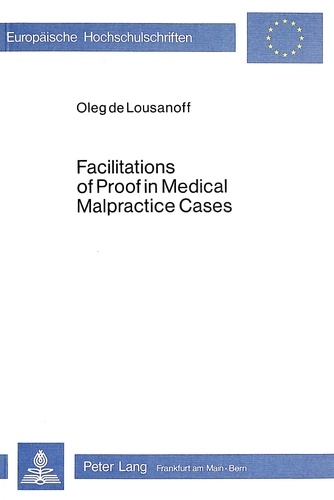
Droit
Facilitations of Proof in Medical Malpractice Cases
12/1982
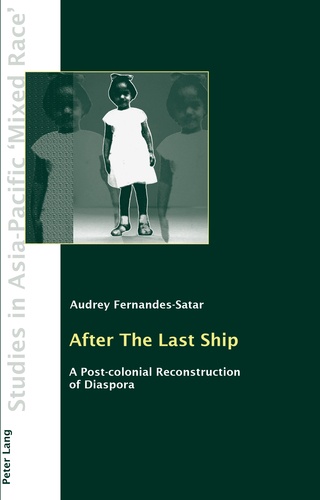
Histoire internationale
After The Last Ship
04/2014

Histoire internationale
One Artist on Five Continents
12/2011
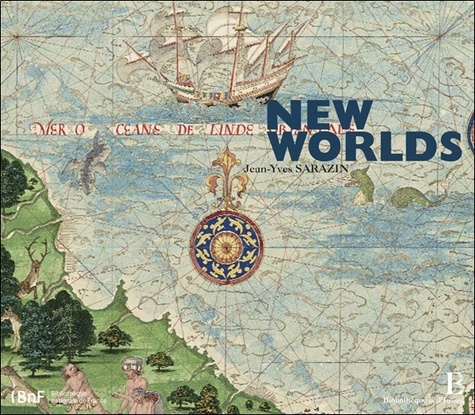
Beaux arts
New worlds
10/2012
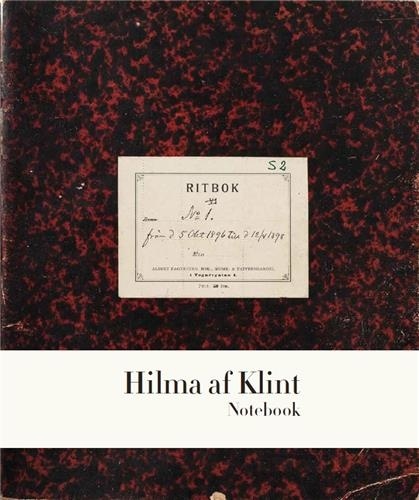
Monographies
Hilma af Klint. The Five Notebook 1
01/2022
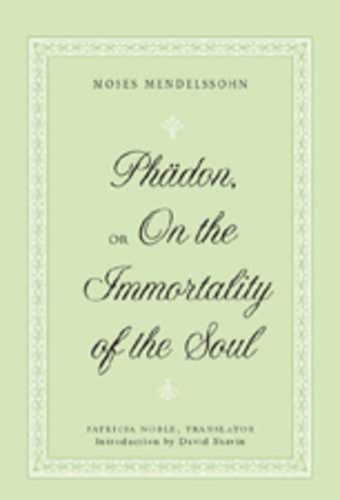
Philosophie
«Phädon», or «On the Immortality of the Soul»
12/2006
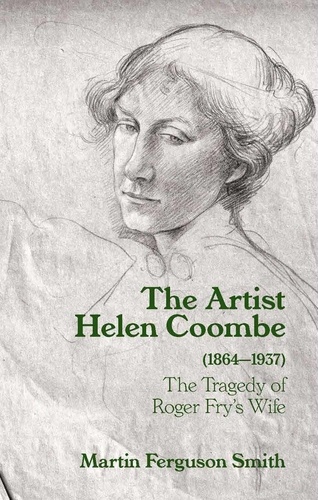
Mouvements artistiques
The Artist Helen Coombe (1864–1937). The Tragedy of Roger Fry's Wife
11/2023

Histoire et Philosophiesophie
THE WOMAN WHO KNEW TOO MUCH. Alice Stewart and the secrets of radiation
02/2000

Récits de voyage
Le journal d'une supervagabonde : Australie
12/2021
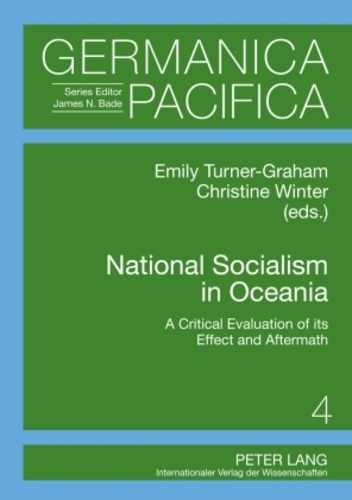
Histoire internationale
National Socialism in Oceania
04/2010
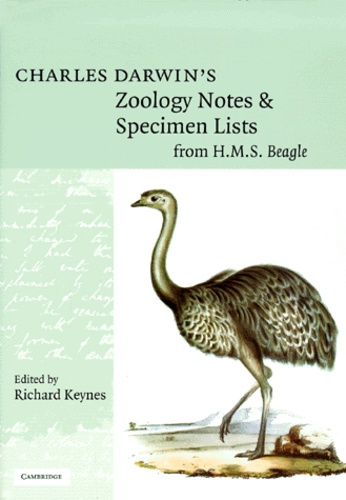
Histoire et Philosophiesophie
Charles Darwin's Zoology Notes & Specimen Lists from H.M.S. Beagle
01/2000
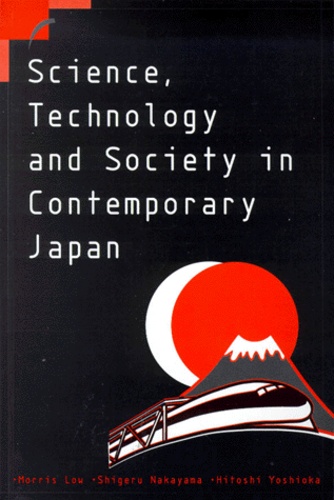
Histoire et Philosophiesophie
SCIENCE, TECHNOLOGY AND SOCIETY IN CONTEMPORARY JAPAN
01/1999
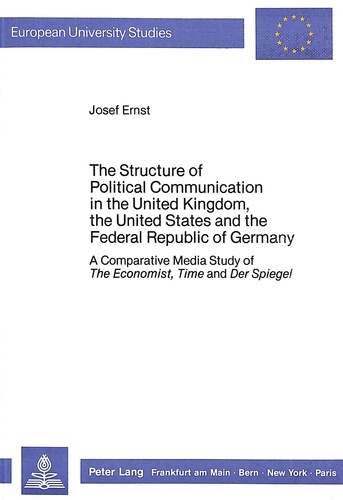
Sciences politiques
The Structure of Political Communication in the United Kingdom, the United States and the Federal Republic of Germany
11/1987
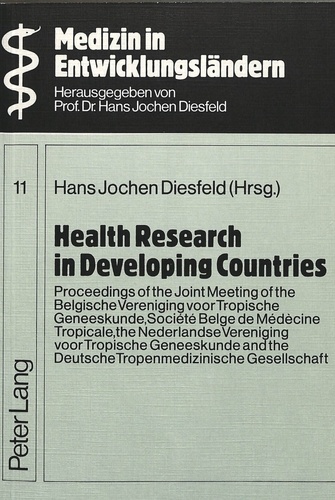
Non classé
Health Research in Developing Countries
12/1982
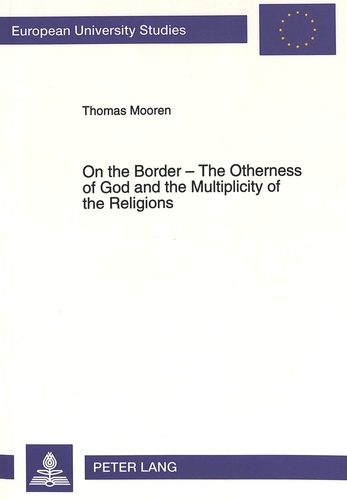
Histoire internationale
On the Border - The Otherness of God and the Multiplicity of the Religions
01/1994
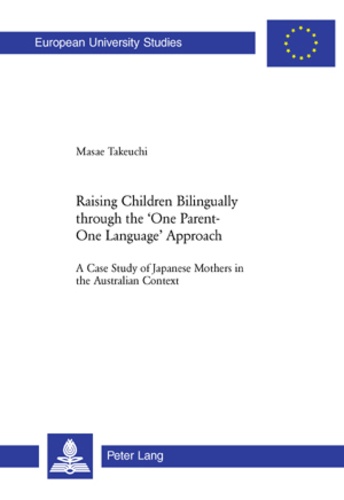
Non classé
Raising Children Bilingually through the ‘One Parent-One Language’ Approach
02/2006

Histoire et Philosophiesophie
The Undergrowth of Science. Delusion, self-deception and human frailty
01/2000

Histoire et Philosophiesophie
Thinking about Physics
01/2000
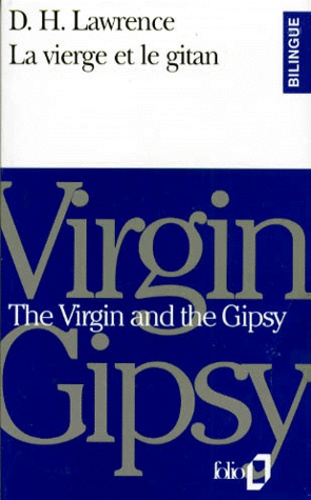
Anglais apprentissage
LA VIERGE ET LE GITAN : THE VIRGIN AND THE GIPSY
02/1993
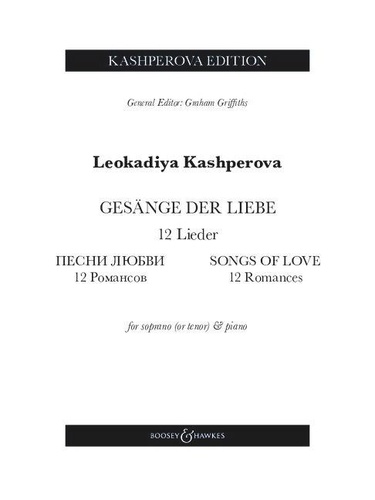
Musique classique
Songs of Love. 12 Romances. 12 Lieder. Soprano (tenor) and piano.
12/2023

Tourisme étranger
Moroccan tracks Volume 11. The sagho djebel
08/2022
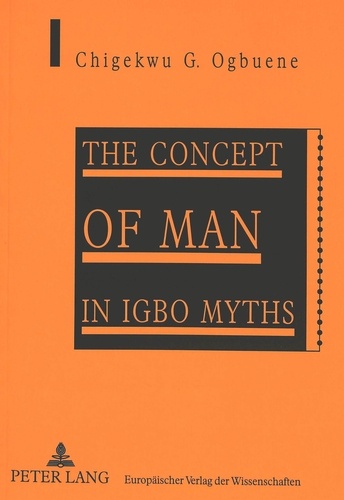
Non classé
The Concept of Man in Igbo Myths
11/1999
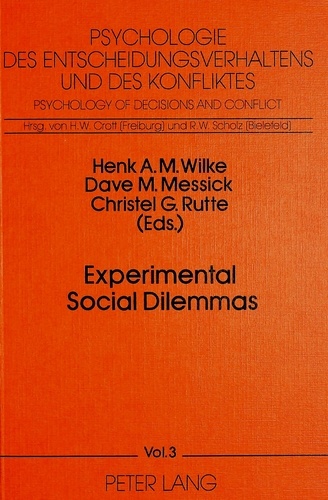
Non classé
Experimental Social Dilemmas
12/1986
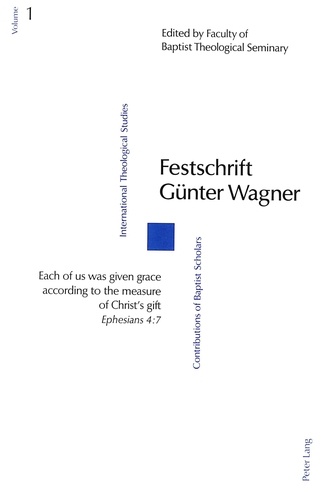
Religion
Festschrift Günter Wagner
05/1994
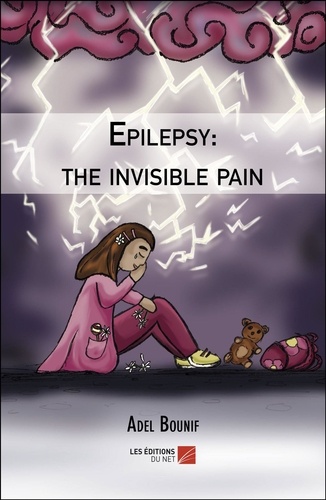
Poésie
Epilepsy: the invisible pain
01/2019
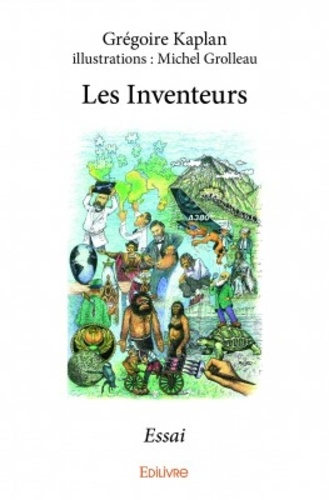
Littérature française
Les inventeurs. Essai
02/2017
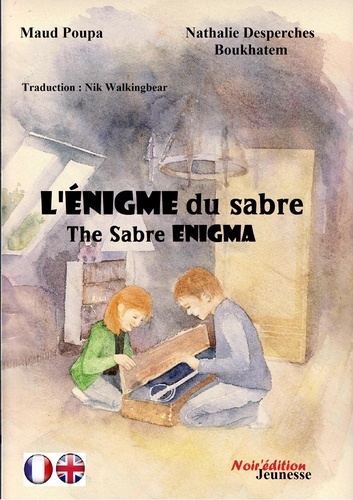
Lecture 6-9 ans
L'énigme du sabre. Edition bilingue français-anglais
06/2018
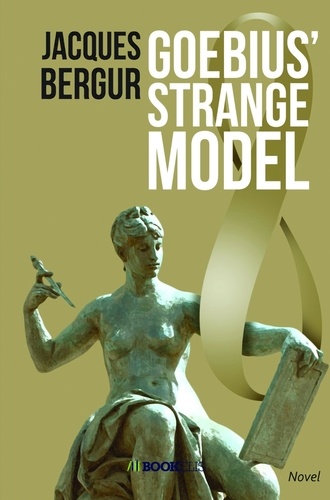
Policiers
Goebius' Strange Model
01/2020
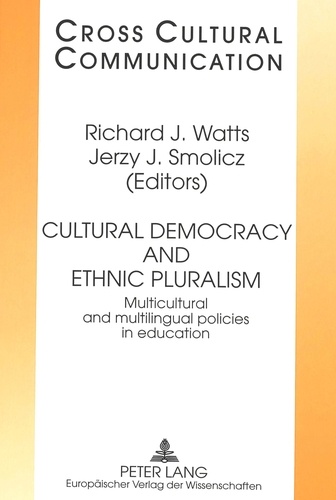
Non classé
Cultural Democracy and Ethnic Pluralism
08/1997

